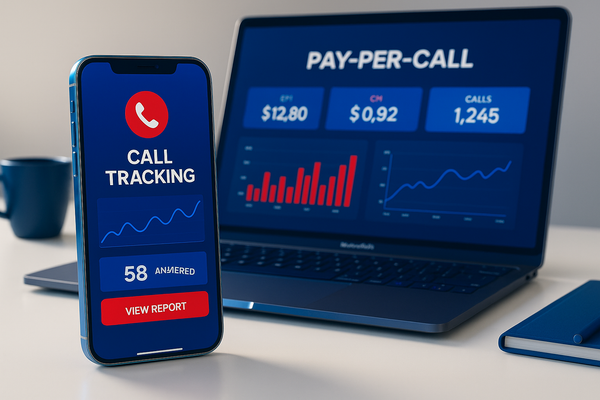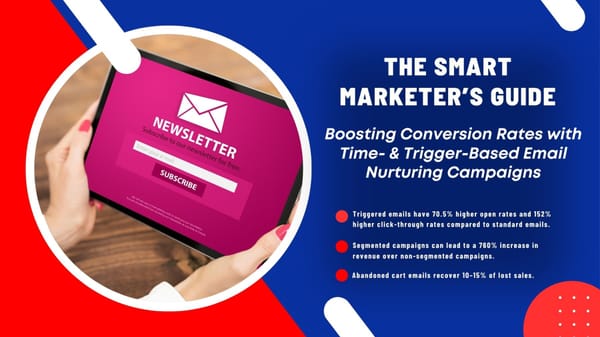5 Ways to Create a Squeeze Page that Doesn't Suck

When I first started in the affiliate marketing game, I was a sad sack of failure. Seriously, I would buy one hot affiliate product after another, I get all excited at the sales page, and I get taken in by all the amazing testimonials of people who claim that they make thousands of dollars in their sleep.
I really bought into the hype, and guess what happened? Just like clockwork, I got burned regularly. All-day, every day it seems that the more hyped up a product was, the more crushing the disappointment.
Things finally changed for me when I started getting down to basics. I understood that the money is on the list. I wrapped my mind around that and never turned back. That’s when I started to make real money in the affiliate marketing game.
Here’s how I did it:
Invest in the Right Squeeze Page
I know a lot of people get turned off by the word “investment.” They automatically think of multilevel marketing. They automatically think of monthly recurring subscription fees. They start having images of them spending thousands upon thousands of dollars on one bunk investment after another.
No, I’m not talking about investment in the traditional way. You don’t have to invest money on a squeeze page that works. Instead, you’re going to invest your most precious asset yet. That’s right. You’re going to be investing your time.
Here’s how I create squeeze pages that don’t suck. Well, not quite. They do suck, but they suck cash from my visitors.
Step #1: Reverse engineer your competition
The first thing that you need to do, regardless of what niche you’re in, is to pay attention to your competitors. Do a search on Google, find as many of them as you can locate.
Study what they’re doing. What kind of websites do they have set up? Do they collect emails?
Pay attention to their squeeze page. How are they set up? What kind of freebies are they giving away? What are the layouts that they use? What kind of language do they use? Do you see a pattern among these different squeeze pages?
Step #2: Do not be a hero, focus on the industry standard
This is the trickiest part. Now that you have a clear understanding of what your competitors are doing, there is a natural tendency for you to want to be a hero.
You want to break out of the crowd; you want to come up with something completely new, you want to upset the apple cart. Don’t do that. There’s no need to do that.
There’s a reason why your competitors’ squeeze pages pretty much talk about the same stuff or promote the same stuff. There’s a reason why they look somewhat similar. What’s the reason? It works.
There is some sort of industry standard. When your target audience members see those squeeze pages, they know what to do. They know what to expect. They’re not thrown for a loop, and they’re not surprised by something that they haven’t seen before.
This gives you a tremendous advantage because you are speaking the graphical and textual language of your audience members. You’re not throwing them a curveball. You’re not surprising them. You’re definitely not confusing them.
Let me tell you when consumers are confused, you can rely on them to do one thing: nothing.
Step #3: Come up with a compelling freebie
Instead of coming up with a completely revolutionary squeeze page layout or text, focus instead on a freebie that people would actually want.
Again, your reverse engineering research can pay off tremendously. When you’ve checked out what other people are giving in exchange for emails, you should have a clear idea as to what kind of value your target audience members are looking for.
Here’s the secret. Pay attention to what everybody else is offering, and offer something better. For example, if you notice that your competitors are offering a book that says “10 Reasons Why You Need to Do X,” try to offer a book that says “100 Reasons Why You Need to Do X.”
Your job at this point is to blow the competition out of the water. When your target audience members see your offer, they have to get a clear impression that what you offer is vastly superior.
Step #4: Evolve your squeeze page
I wish I could tell you that if you just follow the steps above, you would come up with the very best squeeze page on your first try. Unfortunately, if I said that, I would be lying to you.
Your first squeeze should be just your preliminary version. Test it. Run traffic to it. Take note of its conversion rate.
Next, come up with different variations of that squeeze page, But you have to create variations based on only one element.
For example, you can change the heading of the squeeze page. See if any of the variations converts better, and then come up with variations of that variation. Keep repeating this until you have maximized the rate at which that squeeze page converts with that one modification.
After you have arrived at the “perfect heading,” then change another element, like the graphics of the squeeze page. Come up with variations, test them, pick the winner, and then come up with more variations.
Keep repeating this process until you have optimized all elements of the squeeze page and the squeeze page, overall, converts at a high predictable level. At this point, you’re ready for the next step.
Step #5: Scale up your traffic
At this point, you know that your squeeze page works. Accordingly, you can then increase your budget for paid traffic or you can spend a tremendous amount of time drawing free traffic to your squeeze page. Whatever the case may be, pump up the traffic because you know your squeeze page converts your target audience members.
Follow the steps above so you can stop creating squeeze pages that suck. Stop doing things the exact same way everybody else is doing them.
You have to let your competitors do your homework for you through reverse engineering, but don’t stop there. Keep optimizing your squeeze page so you can maximize your conversions. At the end of the day, it’s all about conversions, conversions, conversions.





